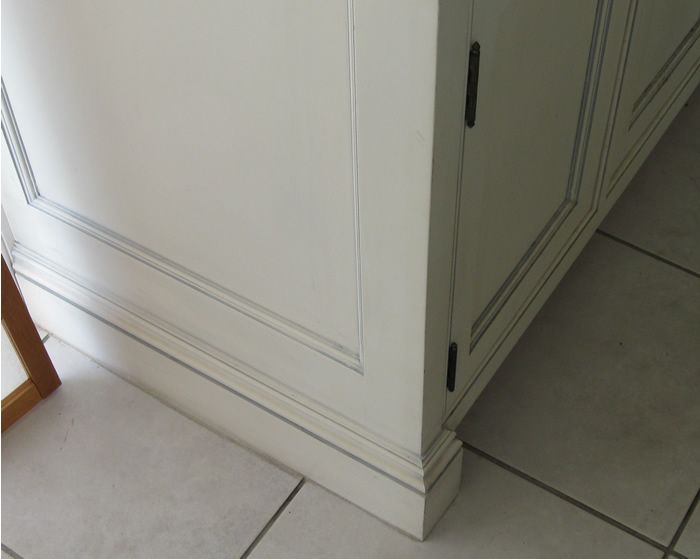Question
We recently "pickled" our early 90's Brandt edgebander and bought a 2000 vintage Ott Atlantic. We run the machine every other day or so for a couple of hours. The new to us edgebander does a lot better job than the old one, but still requires a bit of edgework (some filing on edges and on end cuts) after the piece comes out. Is this pretty typical, or should I continue to try to adjust it out? We switch between .5 and 3 mil. Like I say, this newer machine is already doing a much better job; I just want to get the most out of it.
Forum Responses
(Cabinetmaking Forum)
From contributor R:
When buying an edgebander you must ask yourself "how much hand work do I want to do after the part comes out of the machine"? If the answer is zero, it's going to hit you in the pocketbook when you find out that a machine like that will cost you 75k. Edgebanders are the most under-bought machines sold.
You need to instruct everyone on how to switch between the different applications and give the general dial positions for each product run on the machine in a legible place so rough adjustments can be made, and train to understand that sample pieces need to be run and then when suitably dialed in, the job is run.
Contributor E, I have a similar machine that has an economizer attachment which can put tension on the edge. That helps the tracking.
If you have to do hand work after you edgeband on an automatic edgbander, you are throwing money away. If your bander is incapable of being able to do that (even after having a good tech come and do a thorough tune up and alignment, which on even a basic machine will likely take a half day or better), then fix it (replace old worn parts) or get a machine that is capable. You can get solid used machines at $20k or less, and even some newer machines in the mid $30k range from solid manufacturers such as Holz-Herr, SCMI, Brandt that are very capable of producing spot on results, but it will always take a watchful attentive operator, a very clean machine with the regular maintenance being performed to do that, no matter the brand. Edgebanders are not toasters, they are 10 individual (or more) machines on a common chassis that have to work in near perfect harmony, each one correctly, to produce a good finish product out the end.
A) If you are talking about .5mm PVC then you are probably using extruded tape rather than calendar tape (tape cut from a master roll). If that's true, then you are using a very cheap tape. Not all extruded tape is a problem, but if you roll off 8' in the floor and it lays in a curve then you have the answer. It may be possible to run this stuff but you need to do the following.
1) Reduce the pressure on your 1st roller to almost nothing. This will hopefully allow the tape to have less trouble lining itself to the edge. You also only need about 1/16" floatback of the roller when it contacts the panel.
2) If your edgebander is equipped with a tension spring finger that drags on the tape as it passes on the feed table then make sure it has adequate resistance so the tape does not slide freely.
What you are after with the tension is to cause the tape to straighten rather than follow its natural curve.
If you still cannot get the tape to go straight, then send the roll back to your supplier.
B) If you have a problem with all edgebanding (wood and PVC) riding up or down, then it's your pressure station causing the problem. If the pressure rollers are not at a perfect 90 degrees to the dragchain then the tape will ride up or down consistently (but not both) regardless of the edge material. If this is the case, you will need to slightly loosen the bolt that holds the table to the machine base and slightly-slightly-slightly bump the pressure station one way or the other. A little here goes a long way. Run a part and see if you moved it in the correct direction. Was it enough or too much?
My guess is you have some bad PVC tape and the problem only shows up when you run that roll-color-brand.
One mistake many operators make is trying to over pressure the tape to the edge. If your machine is set correctly then it takes very little pressure to bond the tape and close the glue joint. If your parts are not cut square then your pressure station will not likely make up the difference regardless of how hard your rollers push on the edge. The pressure rollers should be tensioned so that you can pull the rollers back with your hand without much difficulty.
The problems with over pressure of the pressure rollers is they will slightly push the panel out of the drag chain. This causes inconsistent end trim and could even cause a problem at the top and bottom trim, etc.
